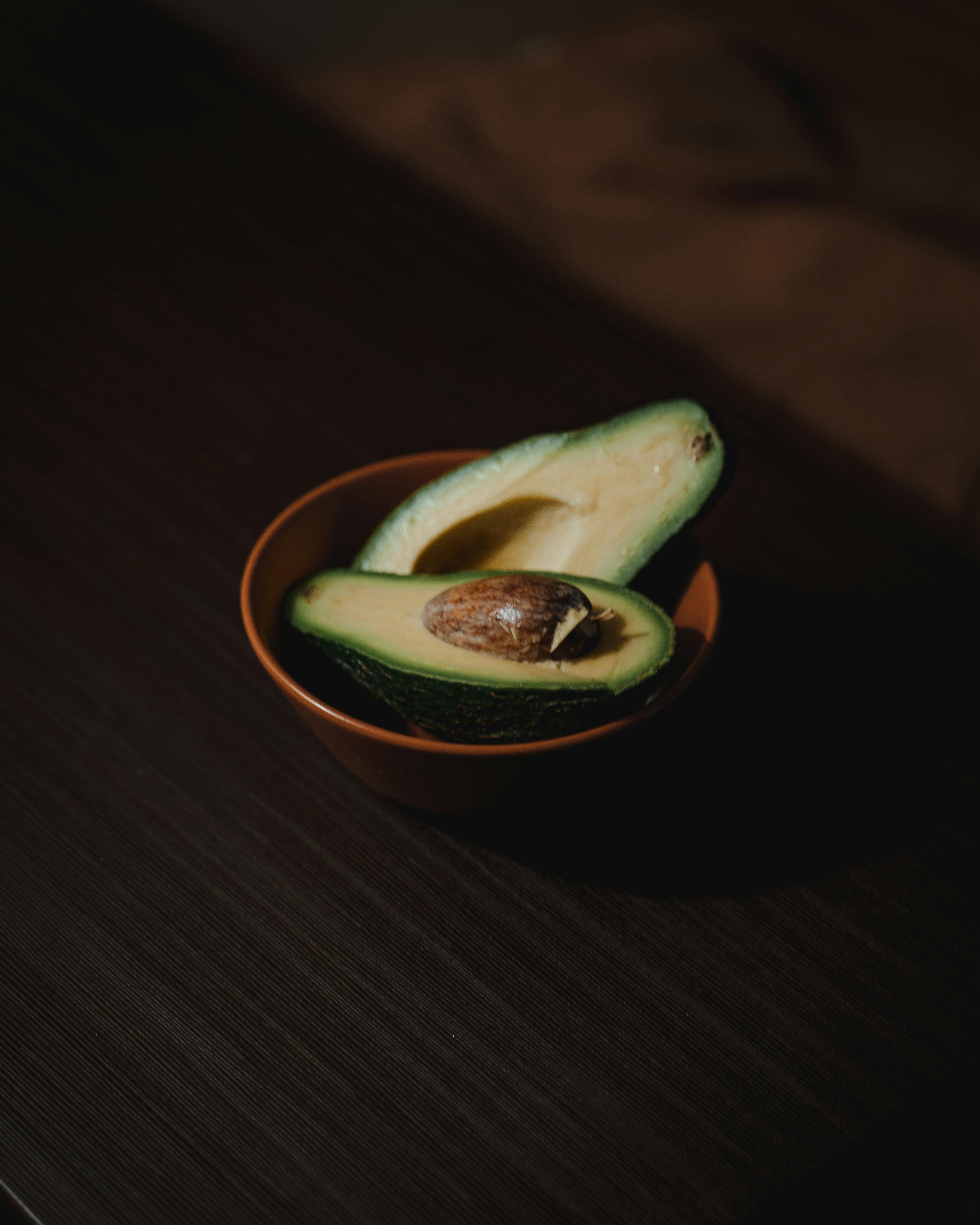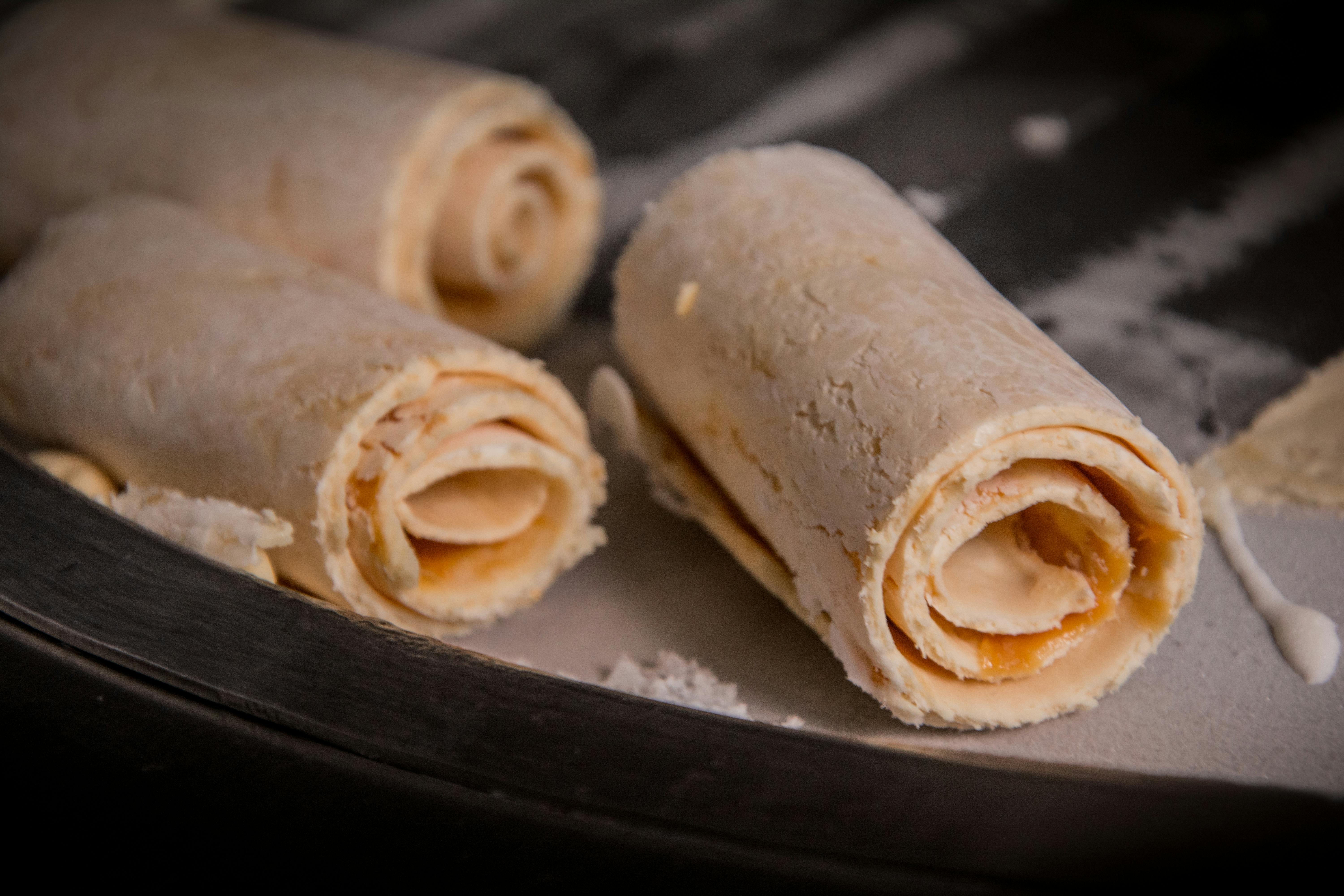
Effective Ways to Track Calories in Sausage Links
Sausage links are a popular choice for many meals, offering a distinct flavor and versatility in cooking. However, understanding the calorie content and nutritional value of sausage links is essential for anyone aiming to maintain a healthy diet. By tracking the calories in sausage links, you can manage your caloric intake and make informed choices about your meals.
In this article, we’ll explore various methods to accurately track the calories in sausage links, delve into their nutritional profile, and provide tips for healthier options. We will also discuss the impact of cooking methods on calorie content and differences among various types of sausage links. By the end, you'll be equipped with the knowledge to enjoy sausage links while balancing your dietary needs.
Key takeaways include comprehension of the calories in sausage links, practical tips for reducing calorie intake, and insights into healthier sausage options. Let's dive into the world of sausage nutrition!
Understanding Sausage Link Nutrition Facts
To effectively track calories in sausage links, it’s vital to comprehend their nutrition facts. Each type of sausage link has its distinct nutritional profile influenced by the ingredients and preparation methods. Typically, sausage link calories per serving can vary greatly, from around 200 to 300 calories depending on the meat type and additional ingredients such as fats and fillers.
Caloric Breakdown of Sausage Links
The average caloric content of sausage links primarily consists of fats, proteins, and carbohydrates. For instance, a standard pork sausage link might contain approximately 25 grams of fat and 12 grams of protein. To understand the total caloric intake, it’s essential to know that fats contribute 9 calories per gram, while proteins and carbohydrates provide 4 calories per gram. This means that a sausage link can easily exceed the caloric limit if consumed in large quantities.
Nutritional Value of Different Sausage Types
When assessing sausage link nutrition, the type of sausage plays a crucial role. For example, chicken sausage links tend to be lower in calories and fat compared to their pork counterparts. Furthermore, vegetarian sausage options can provide a significantly reduced calorie count, making them favorable for health-conscious consumers. It's crucial to read labels, as many sausage varieties can have added sugars and preservatives that contribute additional calories.
Ingredients Impact on Caloric Content
The ingredients used in preparing sausage links have a direct effect on the caloric density of sausage. High-fat meats, such as pork or beef, will have a higher calorie count than lean meats like chicken or turkey. Additionally, sausages containing fillers like grains or starches may also see an increase in calorie content. Analyzing the ingredients allows for better portion control and understanding of what you're consuming.
How Cooking Methods Alter Caloric Values
Cooking methods significantly affect the calories in cooked sausage links. Grilling or baking sausage can reduce fat content compared to frying, making them a healthier option. Research has shown that grilling can eliminate excess fat, contributing to a lower calorie count. Knowing the impact of your cooking method can help significantly in managing caloric intake while enjoying delicious meals.
Reading Sausage Labels Accurately
To properly track calories in sausage links, familiarize yourself with how to read nutrition labels. Pay attention to the serving sizes indicated and the macronutrient breakdown. The calories in sausage variety labels will guide you on the calorie content for different types, allowing you to make healthier choices. For example, you might prefer low-calorie options if your dietary goal is weight management.

Calorie Control and Healthy Sausage Choices
With an understanding of the nutritional facts, you can control your calorie intake while enjoying sausage links. By focusing on healthier sausage varieties and preparation methods, you can indulge in flavorful meals without sabotaging your dietary goals.
Identifying Low-Calorie Sausage Options
Many brands now offer low-calorie sausage options that cater to health-conscious eaters. These sausages typically utilize leaner meats and less fat, reducing overall calorie content. Opting for turkey, chicken, or plant-based sausage links can significantly decrease caloric intake. Appropriately identifying low-calorie choices is key to maintaining a balanced diet.
Portion Control Strategies for Sausage Links
Understanding sausage link serving size helps with portion control. The average serving size for a sausage link is about 85 grams, which offers clarity on how many calories you are consuming. Measuring out servings can prevent overconsumption and aid in tracking daily caloric intake effectively.
Healthy Cooking Methods and Recipes
Choosing healthier cooking methods, such as grilling, steaming, or baking, plays a significant role in how to reduce calories in sausage links. By exploring sausage link recipes that emphasize vegetables and whole grains, you not only lower the calorie count but create satisfying meals loaded with nutrients. Planning meals that include healthier sausage options encourages diversity in your diet.
Meal Prep Ideas with Sausage Links
Preparing meals in advance can help you stay on track with your calorie goals while enjoying sausage links. Some meal prep ideas include incorporating sausage links in hearty dishes like vegetable stir-fries, salads, or whole-grain breakfast bowls. This allows you to balance flavors while keeping your calorie count in check.
Insights from Nutritionists
Experts often recommend consuming sausage links in moderation and pairing them with nutrient-dense foods. This not only enhances the meal's health benefits but also allows for greater variety in taste and texture. Nutritionists encourage diversifying your protein sources and using sausage links as a flavor enhancer rather than the main component of the dish.

Tracking and Analyzing Sausage Link Calories
Effective tracking of sausage link calories involves using tools and techniques to understand your dietary choices. By utilizing calorie-tracking apps or maintaining a food diary, you can monitor your intake and make adjustments as needed to align with your health goals.
Utilizing Calorie Tracking Apps
Many mobile apps allow quick entry of food items, including detailed entries based on specific brands of sausage links. For example, an app could provide calorie data for a given portion of pork sausage, allowing for efficient tracking. Consistently entering your meals can enable better insights into your eating patterns.
Comparative Calorie Analysis of Sausage Types
Conducting a calorie comparison sausage analysis is helpful in choosing the best options. Understanding how different sausages stack up in terms of calories and nutrition helps in making informed decisions. For instance, comparing values among pork, chicken, and vegetarian varieties can show which best meets your caloric requirements.
Caloric Intake and Weight Management
Incorporating sausage links thoughtfully into a balanced diet assists in managing your weight. By monitoring calorie intake while balancing your meals with nutrient-dense options, you can enjoy sausage links without compromising your health. Ensuring that you have a plan for including these foods allows for sustainable weight management.
Common Mistakes in Caloric Tracking
A common mistake people make is underestimating portion sizes or overlooking hidden calories from sauces and sides paired with sausage links. It’s essential to account for all components of the meal, including any condiments or accompaniments, to have an accurate picture of total caloric intake.
Making Informed Dietary Choices
Ultimately, learning how to include sausage links effectively in your diet involves balancing taste and caloric considerations. Developing a habit of checking labels, managing portion sizes, and seeking out lower-calorie options contributes significantly to a healthier eating lifestyle.
Frequently Asked Questions about Sausage Link Calories
How many calories are in a standard sausage link?
The calorie content can vary based on the type of sausage; for instance, a standard pork sausage link typically contains 250-300 calories.
What are the differences in calories between sausage types?
Caloric values often differ significantly; chicken sausages tend to be lower in calories, while beef and pork sausages are higher.
Can cooking method impact the calorie count in sausage links?
Yes, cooking methods can impact caloric content. Frying typically adds more calories than grilling or baking due to added fats.
How can I reduce calories in sausage recipes?
Consider using leaner meats, incorporating vegetables, and opting for lighter cooking methods to reduce calories in sausage recipes.
Are there health benefits to sausage consumption?
When consumed in moderation and paired with nutritious foods, sausage can provide protein and flavor, but balance is key.